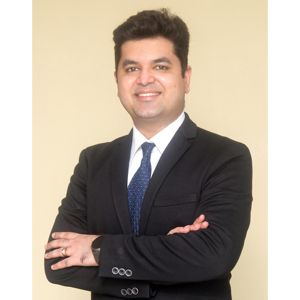MINIMAL INVASIVE PROCEDURE FOR CIRCUMCISION (STAPLER)
Circumcision is a surgical procedure that involves the removal of the foreskin, a fold of skin covering the head (glans) of the penis. This procedure has been practiced for thousands of years and is performed for various reasons, including cultural, religious, medical, and personal preferences. Here are some key points about circumcision: Cultural and Religious Practices: Circumcision is a common cultural or religious practice in many communities around the world. For example, it is a significant religious rite in Judaism and Islam. In these traditions, circumcision is often performed shortly after birth or during early childhood. Medical Reasons: Circumcision may be recommended for certain medical reasons, including: Phimosis: This is a condition where the foreskin is too tight and cannot be retracted, making it difficult to clean the penis. Circumcision can alleviate this issue. Recurrent Infections: Some individuals may experience frequent infections under the foreskin, which can lead to discomfort and health concerns. Circumcision can reduce the risk of these infections.

